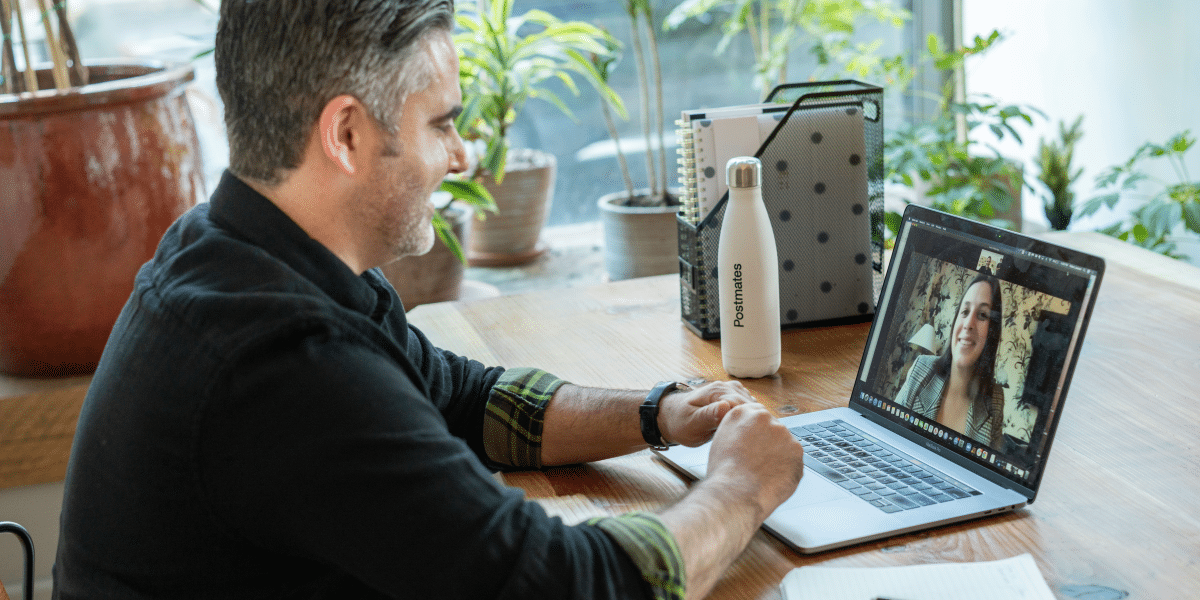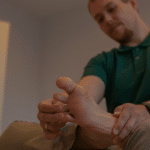As video meetings continue to dominate the professional landscape, webcams have become essential tools for remote work and virtual communication. However, your choice of a webcam and how you use it can significantly influence how you are perceived in these online spaces. From ensuring clear video to maintaining proper etiquette during calls, the right webcam setup plays a pivotal role in shaping your professional image.
The Power of Lighting and Camera Quality
One of the noticeable factors in video meetings is the quality of your video feed. Whether you’re attending a casual team check-in or a high-stakes client presentation, how well you’re seen can make a strong impression. Built-in laptop cameras are often low-quality, offering pixelated or grainy images, especially in less-than-ideal lighting conditions. This is where external webcams shine.
External webcams, explicitly designed for video calls, offer a much higher resolution, providing clear, crisp images that built-in webcams often can’t match. Many models come equipped with sensors that can adjust to various lighting conditions, ensuring that your face remains well-lit and visible even in low light. This reduces distractions and keeps the focus on your message rather than on technical difficulties or poor video quality.
Along with enhanced resolution, better webcams often include features like auto-focus and noise reduction, improving both video and audio clarity. While it may seem like a small investment, upgrading from a built-in webcam to an external model can drastically improve how you’re perceived in professional settings. For reliable options, check out Verbatim’s range of Webcams, which offer great choices for professional video meetings, balancing quality and affordability.
Camera Positioning and Framing for Professionalism
Once you’ve invested in the right webcam, proper positioning is critical to maintaining a professional appearance during meetings. The position of your camera can significantly affect how others perceive your level of engagement and professionalism. Too high, and you risk looking disinterested or unprepared. Too low, and you create an unflattering angle, giving the impression that you’re not fully present in the meeting.
Ideally, the webcam should be at eye level or slightly above, which mimics face-to-face interaction. This angle provides a natural, conversational view of your face and helps create a connection with those on the other end of the call. One trick is to elevate your laptop or webcam using a stand or stack of books to achieve the optimal height. This simple adjustment can make a difference in making you appear more composed and attentive.
Framing is equally essential. Avoid sitting too close to the camera, which can distort your appearance. On the other hand, sitting too far away can make it hard for others to pick up on facial expressions and subtle cues that are important in communication. The goal is to strike a balance, keeping your upper body and head well-centered in the frame and leaving a bit of space above your head for a natural look.
Finally, avoid drastic movements while on video. Excessive leaning or shifting can distract from the conversation, drawing attention away from the topic at hand. By keeping both your camera position and your movements steady, you’ll maintain a more composed and professional presence during meetings.
The Influence of Your Background and Environment
While having the right webcam and framing is crucial, what’s visible behind you in the shot can also impact your perception. Your background should be clean, professional, and free of unnecessary distractions. If you’re working from home, this might mean taking the time to set up a dedicated space for your video calls—somewhere free from clutter or other household activity that can pull focus away from you.
Virtual backgrounds have become popular in many video conferencing platforms, but they can sometimes do more harm than good. Poorly chosen virtual backgrounds, or those that don’t match your movement well, can create an unprofessional look. Instead, opt for a simple, real-world background, like a blank wall or a tidy home office setup. If space allows, a few decorative items like framed artwork or books can add personality without becoming distracting.
Lighting also plays a key role in enhancing your background. A well-lit room improves how you appear and ensures that the environment around you is easy on the eyes. If you’re relying on natural light, try positioning yourself in front of a window during the day or use a ring light for more consistent lighting in darker settings. This not only makes you look more polished but also helps your background appear more professional.
By paying attention to how your environment comes across on video, you can help create a more polished and intentional look, further strengthening your professional presence in video meetings. Paired with a good camera and thoughtful framing, your setup will ensure you look as confident and competent as you would in any in-person meeting.
Video meetings are now a key part of professional life, and having the right tools and setup can elevate your perception. With the right webcam and thoughtful positioning of yourself and your environment, you’ll maintain a polished, professional presence that translates through the screen. Check out Verbatim’s range of Webcams for a quality setup that will enhance your video meetings and professional image.
Published by: Josh Tatunay



















